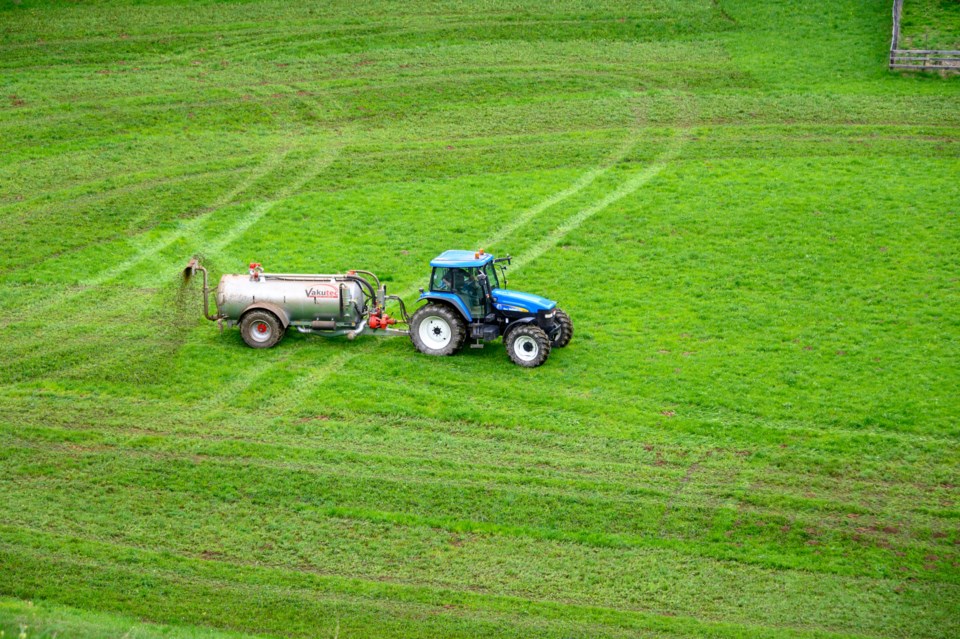An updated report on agricultural greenhouse gas emissions shows that emissions continue to rise.
The data is from Environment and Climate Change Canada and compiled by the National Farmers Union’s director of climate crisis policy and action, Darrin Qualman. This is the third edition of the report that includes all emissions and soil sequestration values.
Qualman said the new data and methodology the government uses to calculate the National Inventory Report is complete to the end of 2021. That year was the second highest on record behind 2020.
Two main things contributed to the upward trend of emissions, which have gone up 41 percent since 1990.
“We see increasing emissions from fertilizer production and use on the one hand, and increasing emissions from increasing diesel fuel use on the other hand,” Qualman said.
He said fertilizer use has approximately doubled since 1990.
“Until recently the models seemed to indicate a relatively flat line for diesel fuel use and emissions and now a new set of data seem to indicate that diesel fuel use is going up over that 31-year period leading to quite a significant increase in emissions,” he said.
Emissions from on-farm diesel fuel have also doubled since 1990.
The method used to calculate that amount has changed but Qualman said when that happens the government changes all the values for past data so that the methodology is consistent.
The report also noted that soil carbon sequestration is high, averaging 22 million tonnes as farmers adopt different practices.
Qualman said the report presents the data in a straightforward way and can serve as a starting point for discussion.
“No matter what you think of solutions, whether you think we should be moving full speed ahead on solutions or not, at least this report gives everyone a common understanding of where the emissions are coming from and whether the emissions are increasing and if so how fast and by how much,” he said.
Qualman said he expected change will come through small and medium-sized changes in ways that make sense to farmers. He observed that virtually everyone in agriculture is thinking and talking about emissions reduction and should be interested to see the analysis in the report.
He is also working on calculating emissions from wetland destruction.




